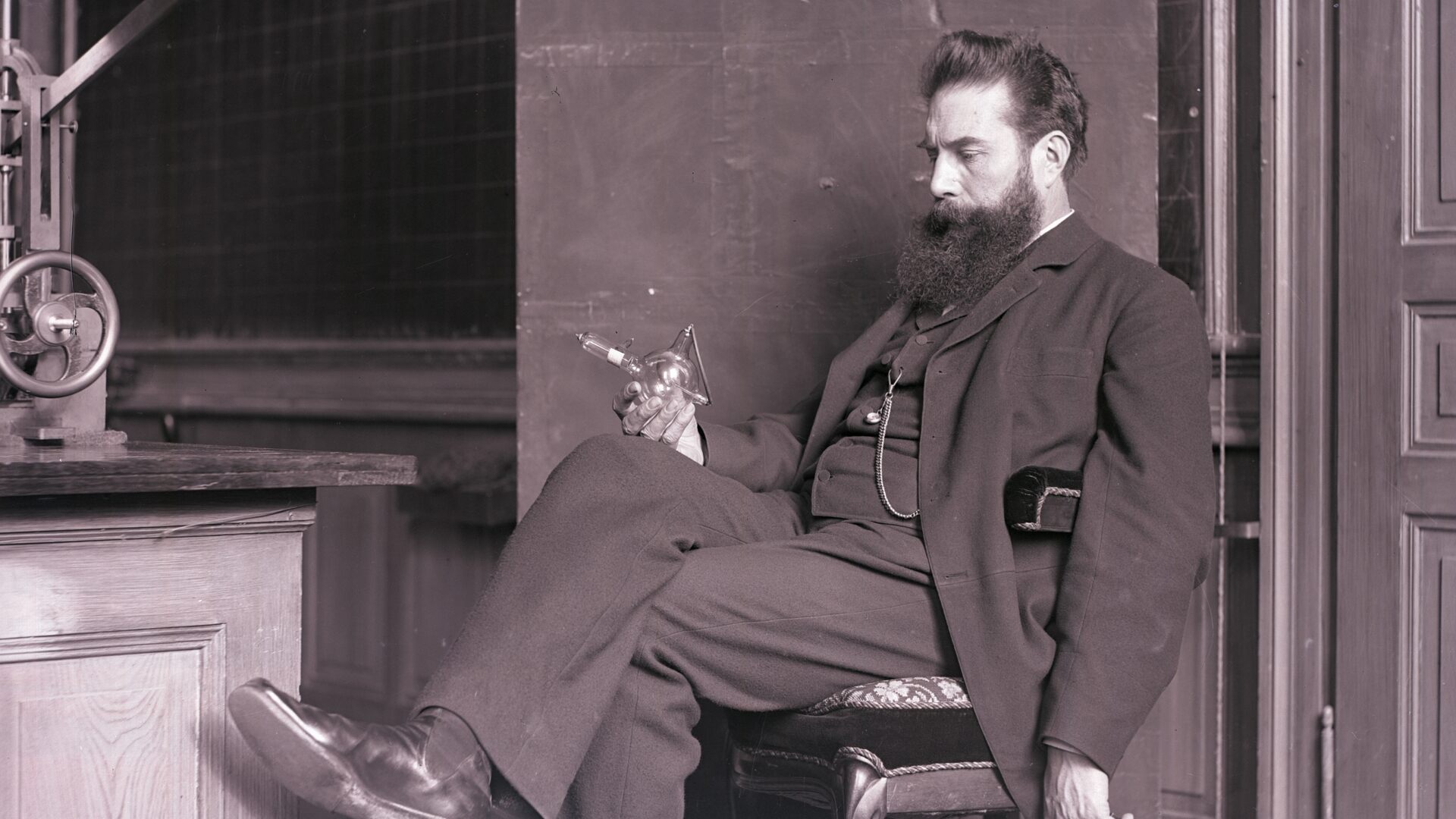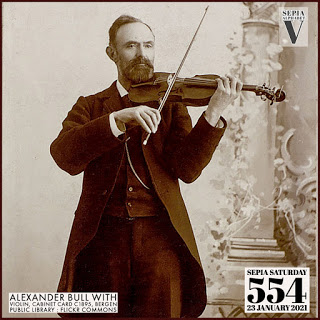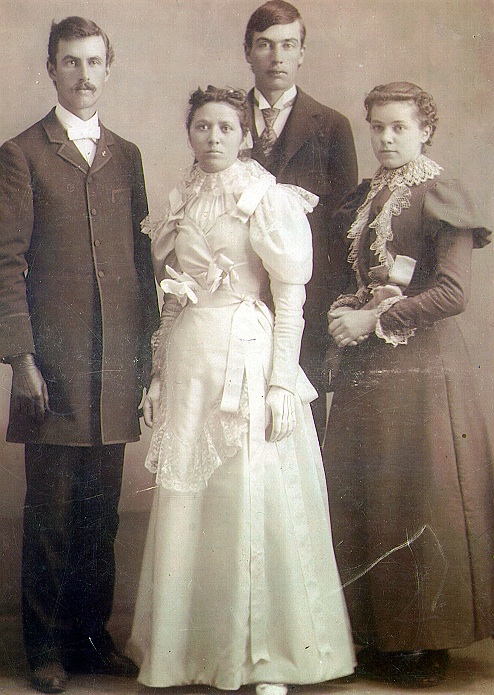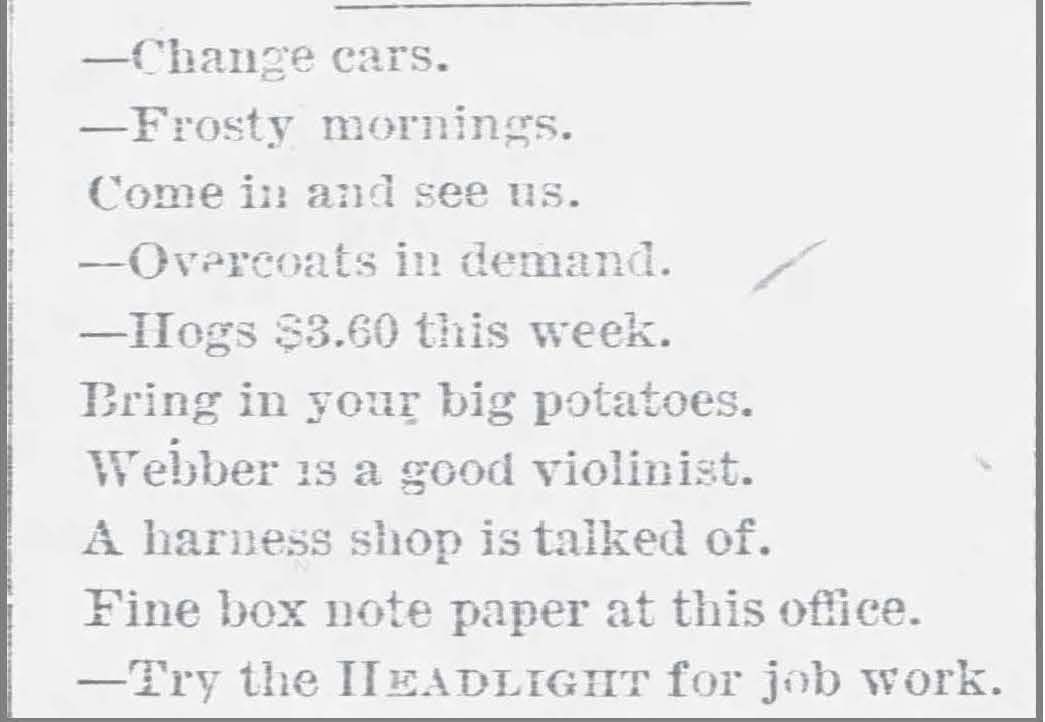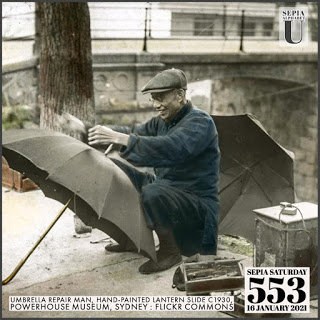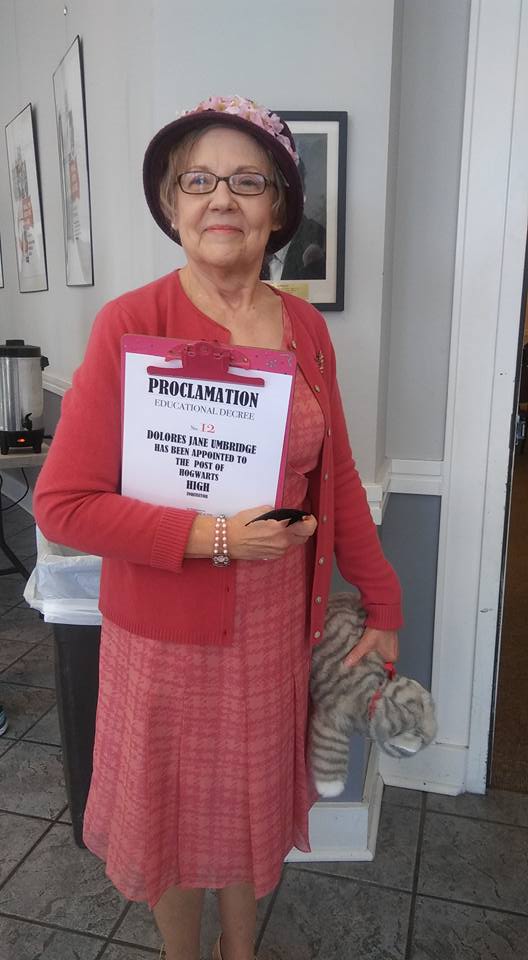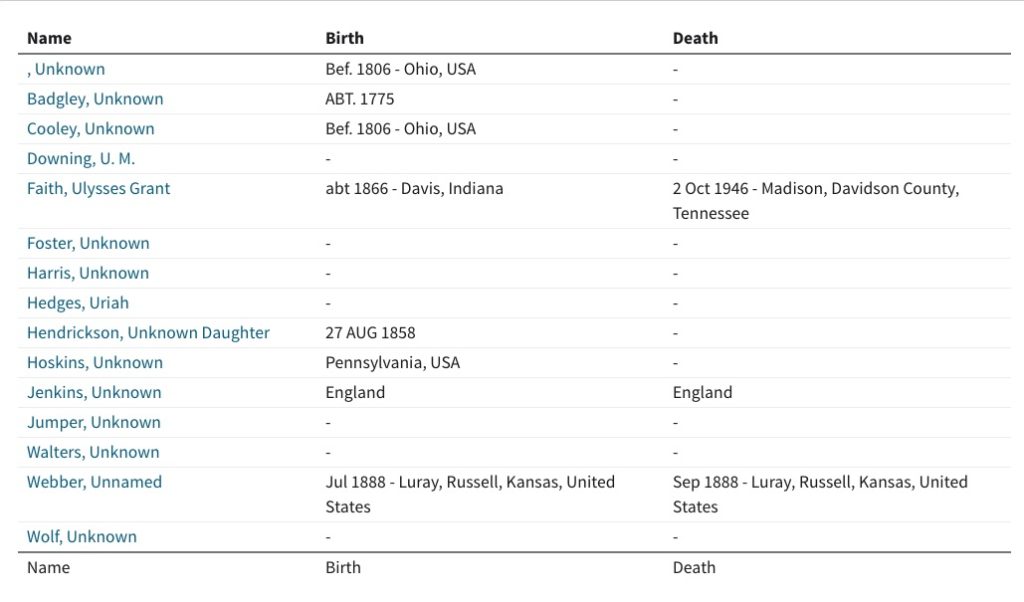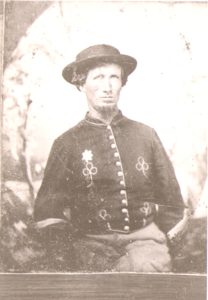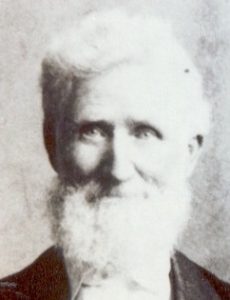Sepia Saturday provides bloggers with an opportunity to share their history through the medium of photographs. Historical photographs of any age or kind become the launchpad for explorations of family history, local history and social history in fact or fiction, poetry or prose, words or further images. If you want to play along, sign up to the link, try to visit as many of the other participants as possible, and have fun.

X Factor:
* an unknown or unexplained element that makes something more interesting or valuable.
* a special quality, especially one that is essential for success and is difficult to describe.
* a quality that makes people in possession of it the epitome of cool.
* The letter “x” is often used in algebra to mean a value that is not yet known.
The prompt photo reminded me of a photo I took at the Coal Mining Museum in Centerville, Iowa in 2016. Unfortunately, it is a terrible photo.

It is the cylindrical shapes and the attached wires in the prompt that reminded me of this photo. When I first saw this contraption in the museum I had no idea what it was and I was immediately drawn to it. An unknown quantity for sure. Here is a similar permanent wave machine manufactured in 1934.

Doesn’t look very comfortable, does it?
I wonder if a user achieved the epitome of cool?
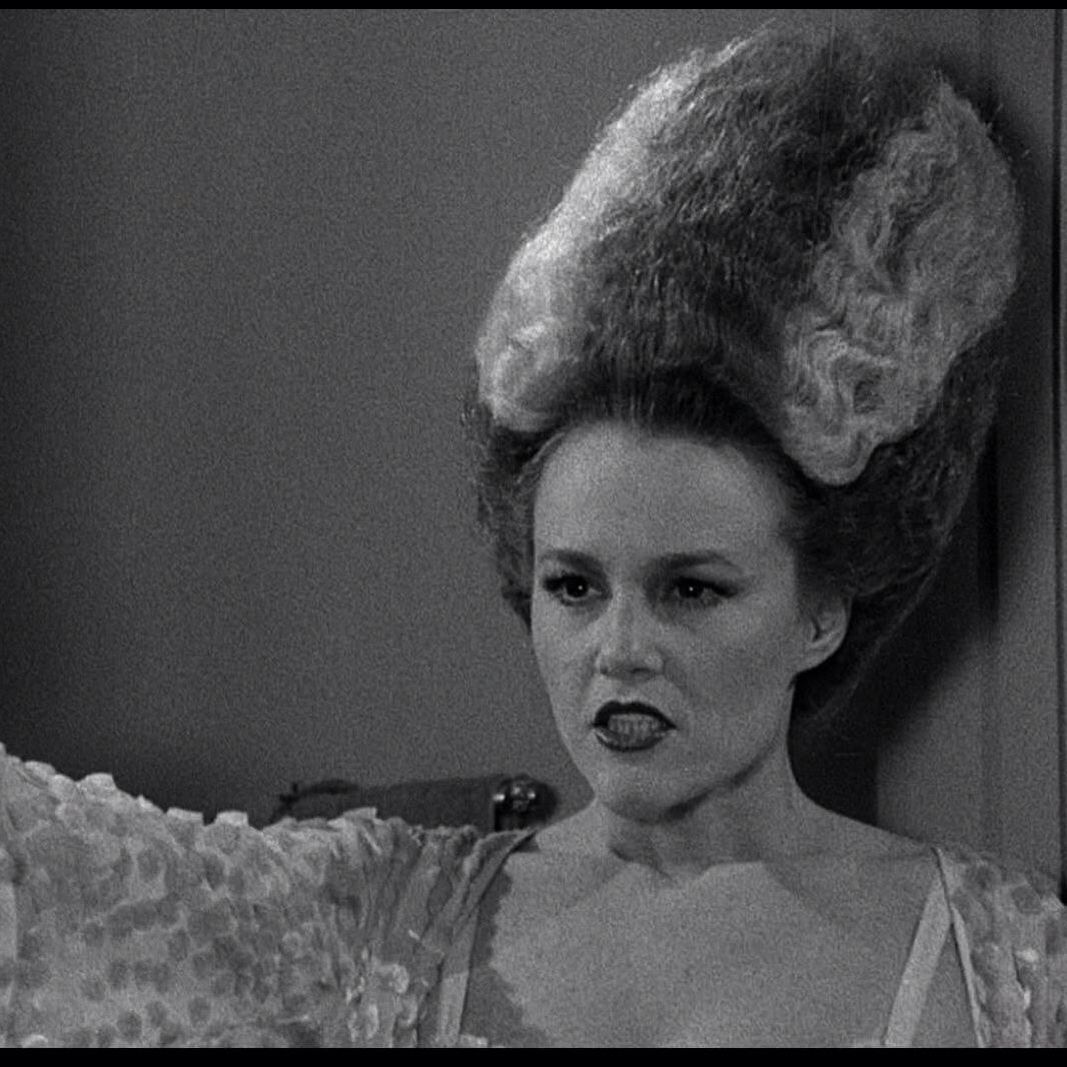
Back to X-rays…
Why are they called X rays, anyway? Well, a German physicist, Wilhelm Roentgen, discovered a new form of radiation in 1895. He called it X-radiation because he didn’t know what it was.
Roentgen received the first Nobel Prize in Physics for his discovery and refused to claim a patent, preferring to benefit humankind in this way.
X-rays –> radiation –> me telling you about my personal encounter with radiation
I have been receiving radiation therapy for a recurrence of ampullary cancer.
The treatment I received is called Stereotactic Radiotherapy. It was first used as a nonsurgical treatment for brain tumors, but is now also used for small tumors in other parts of the body. This is fortunate for me, because my tumor is in a lymph node in my abdomen where surgery is not possible.
Of course I was nervous, not knowing what to expect – and because I suffer from claustrophobia.
Me + radiation + claustrophobia = X.
Or maybe
Me + X + claustrophobia x 30 minutes = ?
After the other cancer treatments I have had – stem cell transplant, Whipple procedure, and the chemotherapies that accompanied those (all unknown to me until my “education”), this has actually been a piece of cake. Except for the first day jitters.
One receives a higher dose of radiation with this treatment than with traditional radiation therapy, thereby decreasing the number of treatments necessary. For me, five over the course of two weeks. Each treatment takes more time than traditional radiation and I was concerned about having to be still for that long. Mine were 30 minutes each and it wasn’t nearly as hard as I thought it would be to stay still. I have had almost no side effects other than some fatigue.
The first step is a CT scan for measurements and marking and preparation of a stabilization mold. Then a trial run using the actual radiation equipment and more measurements. And finally the radiation treatments. This is what was prepared for me each time I arrived for treatment.
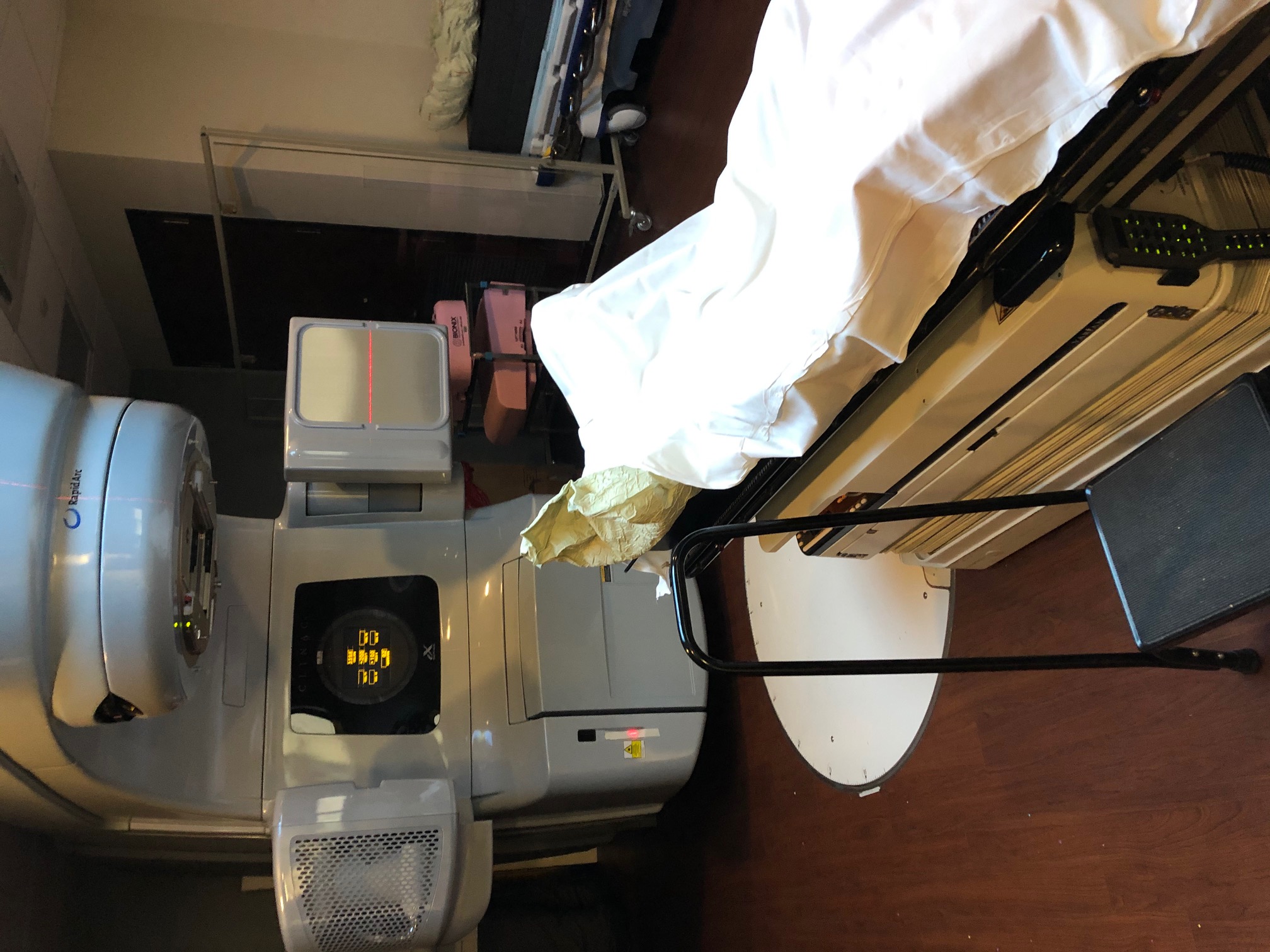
That scrunchy looking thing sticking out from under the sheet is the stabilization mold. It becomes rigid once it “sets” so you just lie on it and stay in place.
I had only a limited understanding of how this would work. Once I was positioned in that mold, arms overhead, compression belt on my belly and a guard to “remind” my legs not to move, all I could really see was what was above me and in my peripheral vision. Thank goodness for the two lighted panels in the ceiling that look like a window open to a blue sky with some wispy clouds, a partial tree branch, and a flying seagull. Always the last patient of the day, I tried not to keep the radiology therapists for long with my questions and spaced them out to a couple a day. One while getting prepped and one while preparing to leave.
During the second treatment, I decided I felt like I was in a Star Trek episode and the round thing appearing in my peripheral vision was a robot peeping at me. What can I say? I had to entertain myself.
I got most of my questions answered over the course of the five treatments. The radiation comes from the round part of the machine and was delivered during the course of six rotations. The other two components on the arms that extend out from the machine work like a CT scan. I was scanned three times each session – before the first rotation of radiation, once in the middle, and again at the end. This was to ensure the accuracy of each treatment.
I found it all quite fascinating. The video below is very similar to my experience.
I finished on Thursday and met briefly with the radiologist, who said he was very pleased with the technology and expects good results. It takes time for the cancer cells to die and be “eaten up”, so the follow up scan will be in two months. Fingers crossed!
I am lucky to live within a fifteen minute drive to the oncology office where this advanced medicine is available to me. Advances in cancer treatment have kept me alive for the past seven years.
Scientists, researchers and medical practitioners most assuredly have the X Factor. They are the epitome of cool!
And thanks to Wilhelm for noticing that interesting, unexplained element that is difficult to describe and often essential for success.
Also – Does the machine that delivered radiation to me bear a slight resemblance to the permanent wave machine, or is that just me?
I do not know what other Sepia Saturday participants have prepared for us today. Perhaps some have made a new discovery. I have learned, over the years, that Sepians possess the X Factor, so I advise you to discover for yourself: X marks the spot.


